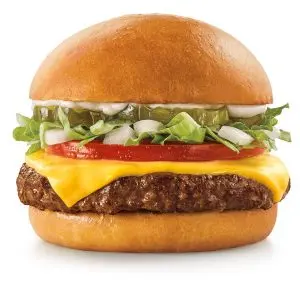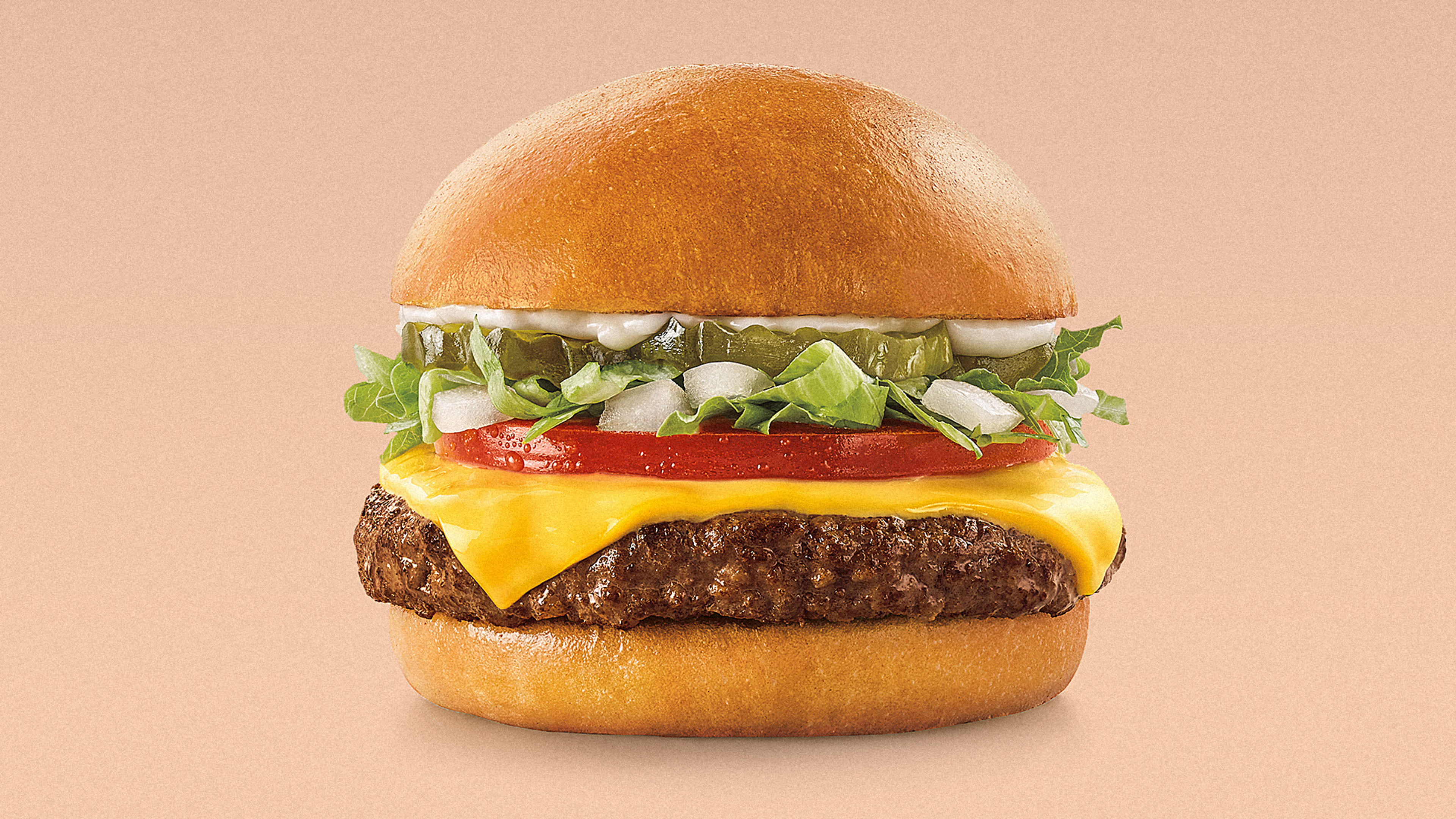The menu at Sonic Drive-In–a fast food chain that launched in the 1950s, where some servers still deliver food on roller skates–contains the standard burgers and fries and milkshakes that it always has. But if you visit certain restaurants in August, you’ll also have the option of the Slinger: a beef burger that’s made partly with mushrooms.
The restaurant is the first large chain to test a “blended burger,” a mushroom-beef burger with less fat and calories than the traditional version, a flavor that some consumers say is better, and a much smaller carbon footprint.

The restaurant isn’t the first to experiment with mushroom-beef burgers, though it will be the first fast food chain to do it at a large scale. The Blended Burger project, which is run by the mushroom industry trade association the Mushroom Council and the James Beard Foundation and challenges chefs to create recipes for patties that include at least 25% mushrooms, is currently running its third nationwide contest with a long list of chefs. Both school and corporate cafeterias have adopted blended burger recipes.
A study run by a third party for the Mushroom Council estimated that producing a pound of mushrooms has a carbon dioxide footprint of 0.7 pounds. A pound of beef, by contrast, has a CO2 footprint of 12.3 pounds–one of the most carbon-intensive foods on the planet. While some companies try to create fully plant-based burgers that taste like meat (and bleed like meat), or try to grow meat in a lab, the blended burger takes a different approach. It’s still meat, but with a lower footprint.
“Because it is still mostly beef, this burger has a broader appeal versus a completely vegetarian burger patty,” says Uehlein. The burger will be marketed for its taste, as a steakhouse-style burger, rather than for its environmental or health benefits. The mushrooms, with a savory flavor, add depth to the burger and make the patty thicker and juicier. Focus groups approved. In an earlier study of another blended recipe, consumers preferred a beef-mushroom mix in tacos to 100% beef.
After a 60-day trial in some yet-to-be-announced markets, Sonic will decide whether to make the blended burger a permanent offering at its more than 3,500 locations. “We have a strong test process where every new product is thoroughly tested for operational impact and consumer appeal, including in-market testing with advertising and merchandising,” says Uehlein. “If the product performs well in the market test, it will be considered for a national launch.”
Recognize your brand’s excellence by applying to this year’s Brands That Matter Awards before the early-rate deadline, May 3.
